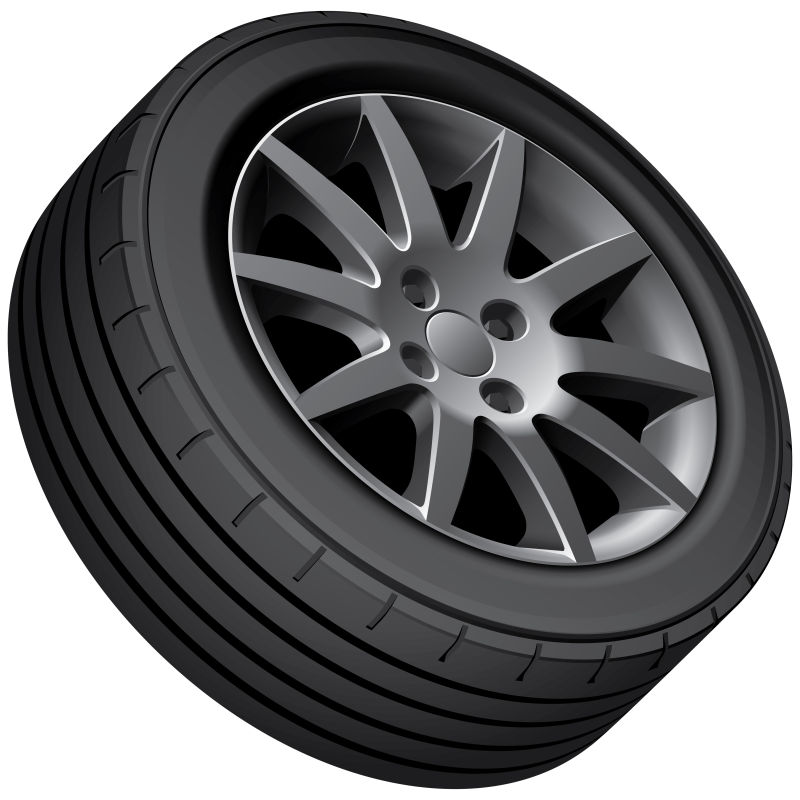



Tires are the only point of contact between your vehicle and the road, making their maintenance critical for safety, performance, and cost savings. Neglecting tire care can lead to accidents, reduced fuel efficiency, and premature wear. This article covers key aspects of tire maintenance, including tire pressure monitoring, regular rotation, avoiding sun and chemical damage, and other practical tips to extend tire life.

1. Monitor Tire Pressure Regularly
Maintaining correct tire pressure is one of the simplest yet most effective ways to ensure safety and optimize performance. Under-inflated tires increase rolling resistance, reducing fuel efficiency by up to 5% and causing uneven wear. Over-inflated tires, on the other hand, are more prone to blowouts and reduce traction.

2. Rotate Tires Periodically
Front and rear tires wear differently due to variations in weight distribution and driving forces. Regular rotation ensures even wear, extending tire life and improving handling.
3. Avoid Sun Exposure and Chemical Damage
UV rays and extreme heat can cause rubber to crack and degrade over time. Similarly, chemicals like oil, grease, and certain cleaning agents can accelerate wear.
4. Check for Wear and Tear
Regular inspections help identify issues like cuts, bulges, or embedded objects that could lead to failures.
5. Drive Responsibly
Aggressive driving—such as hard braking, fast cornering, and accelerating—can significantly reduce tire life.
Conclusion
Tire maintenance is not just about extending the life of your tires; it’s about ensuring your safety and that of others on the road. By monitoring pressure, rotating tires, avoiding sun/chemical damage, and conducting regular inspections, you can improve fuel efficiency, handling, and overall vehicle performance. Start today—your tires (and wallet) will thank you!